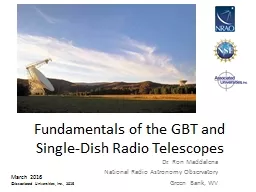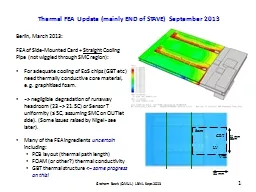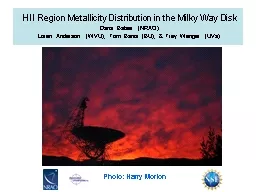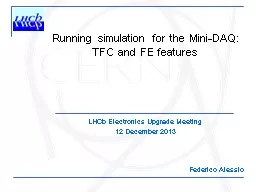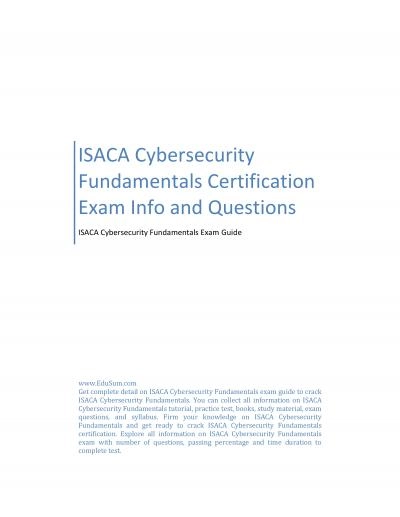PPT-Fundamentals of the GBT and
Author : tatyana-admore | Published Date : 2017-12-25
SingleDish Radio Telescopes Dr Ron Maddalena National Radio Astronomy Observatory Green Bank WV March 2016 Associated Universities Inc 2016 National Radio Astronomy
Presentation Embed Code
Download Presentation
Download Presentation The PPT/PDF document "Fundamentals of the GBT and" is the property of its rightful owner. Permission is granted to download and print the materials on this website for personal, non-commercial use only, and to display it on your personal computer provided you do not modify the materials and that you retain all copyright notices contained in the materials. By downloading content from our website, you accept the terms of this agreement.
Fundamentals of the GBT and: Transcript
Download Rules Of Document
"Fundamentals of the GBT and"The content belongs to its owner. You may download and print it for personal use, without modification, and keep all copyright notices. By downloading, you agree to these terms.
Related Documents

